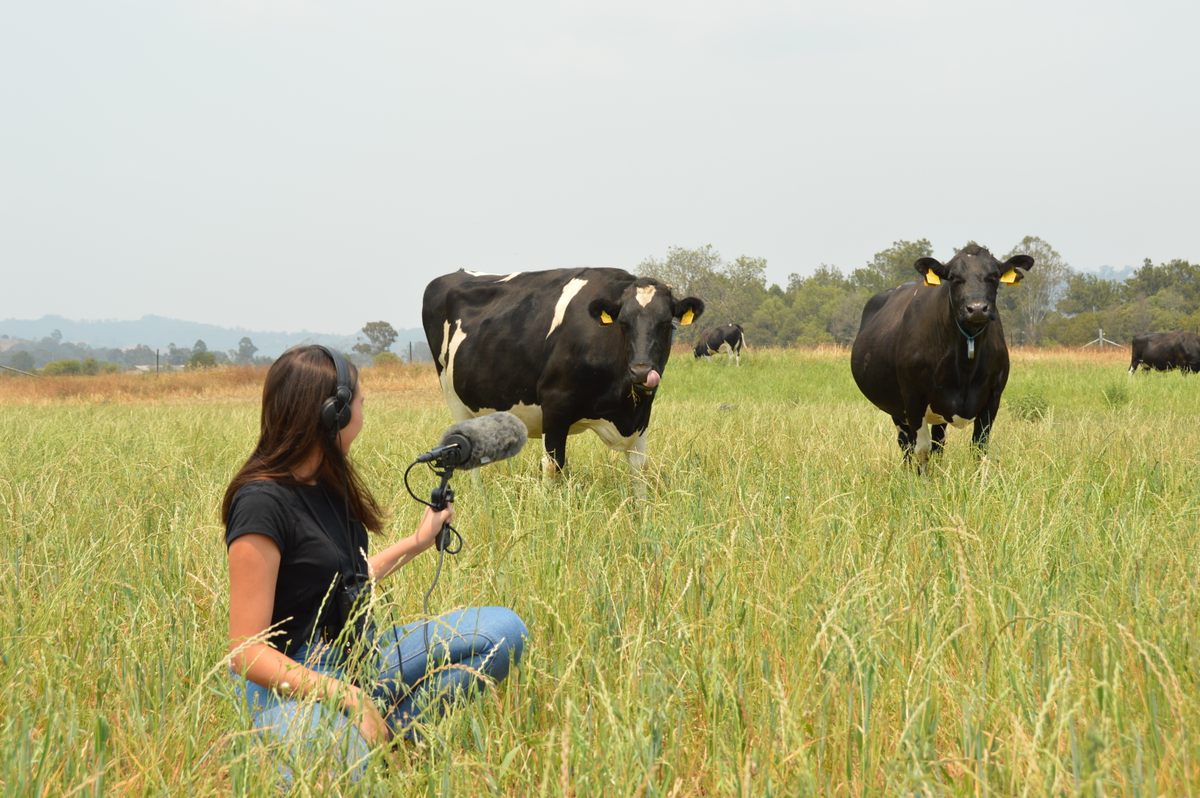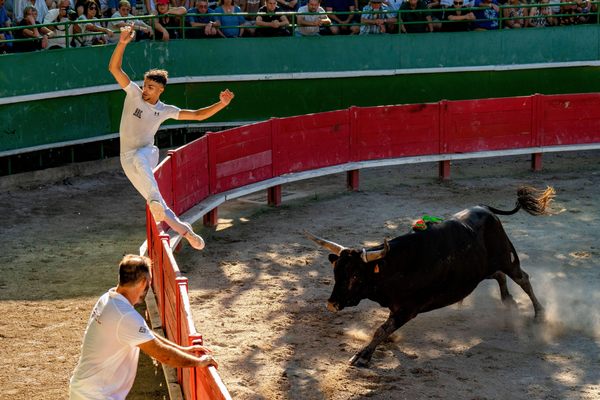An Australian Researcher Is Linking Cow Moos and Moods
Their individual voices help them as a herd.
At Wolverton Farm in New South Wales, Australia, 18 cows leaned into a microphone and testified. The herd, all Holstein-Friesian heifers (a Central European breed), were studied over a five-month period, and their testimony was recorded by acoustic biologists trying to understand how cows communicate—specifically, how their individual voices change depending on the situation at hand.
Now the research, published in the Nature journal Scientific Reports, has confirmed that each cow has a unique moo, and provided the first evidence that they maintain it in a variety of social contexts.
“In the dairy industry, we’re seeing increasing herd sizes,” but less attention being paid to individual animals, says Alexandra Green, a doctoral candidate at the University of Sydney and lead author of the paper. “We need to think of novel ways to look at their welfare.”
While animal vocalizations have been studied for decades, livestock are a relatively new subject. The vocal relationship between mother cows and their calves has been fairly well documented, but the unique voice of each animal in a herd—and how those voices function in a social setting—hasn’t received much study till now.
Green’s work looked at cow communication in five different contexts: when the heifers were in heat, when they were excited to eat, when they were denied food, when they were isolated from the herd but could see the other cows, and when they were isolated but couldn’t see the others.
“We found that their voices are individually distinct,” Green says. “But further to that, they’re able to maintain these individual characteristics across the contexts.”

If farmers can better understand the moods of their herd by translating individual moos, it may help them keep their charges happy and healthy. Cows only low when there’s a biological imperative to be heard—a nearby predator, for instance—but are otherwise “pretty stoic,” says Green. Knowing a cow’s motivation when it sounds off could give farmers the ability to detect what’s upsetting or exciting the cattle, and thereby better provide for them.
Armed with a shotgun microphone, Green recorded the herd over five months, becoming increasingly familiar with its members in the process. The work took as long as it did because Green was working in a free-range pasture that’s subject to the elements.
At first, the cows were wary of the new presence in their midst. In time, though, they warmed up to her. By the end of her tenure in the paddock, Green says, the cows were actually licking the microphone.
Green says the study could have taken even longer if she’d been working with adults.
“Heifers are virgin cows,” she says. “They’re sort of the teenagers of the cow world, so we can’t get milk from them yet. It adds a lot more difficulty to the study if you have to take them for milking twice a day.”
You can join the conversation about this and other stories in the Atlas Obscura Community Forums.



















Follow us on Twitter to get the latest on the world's hidden wonders.
Like us on Facebook to get the latest on the world's hidden wonders.
Follow us on Twitter Like us on Facebook